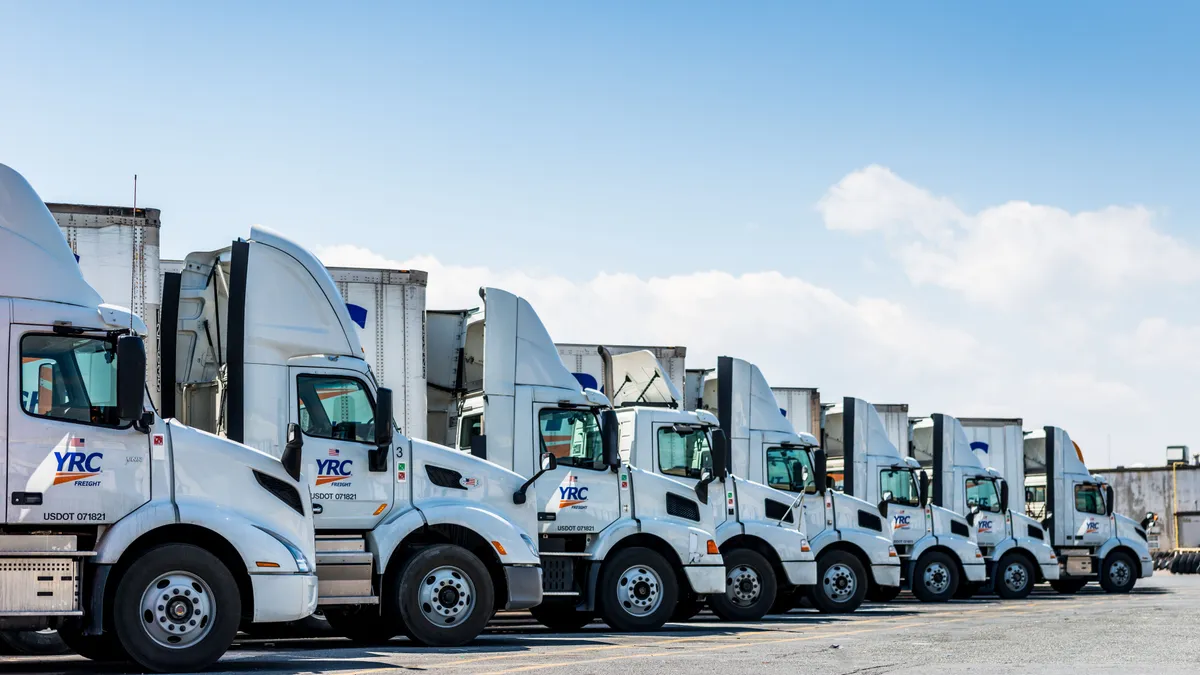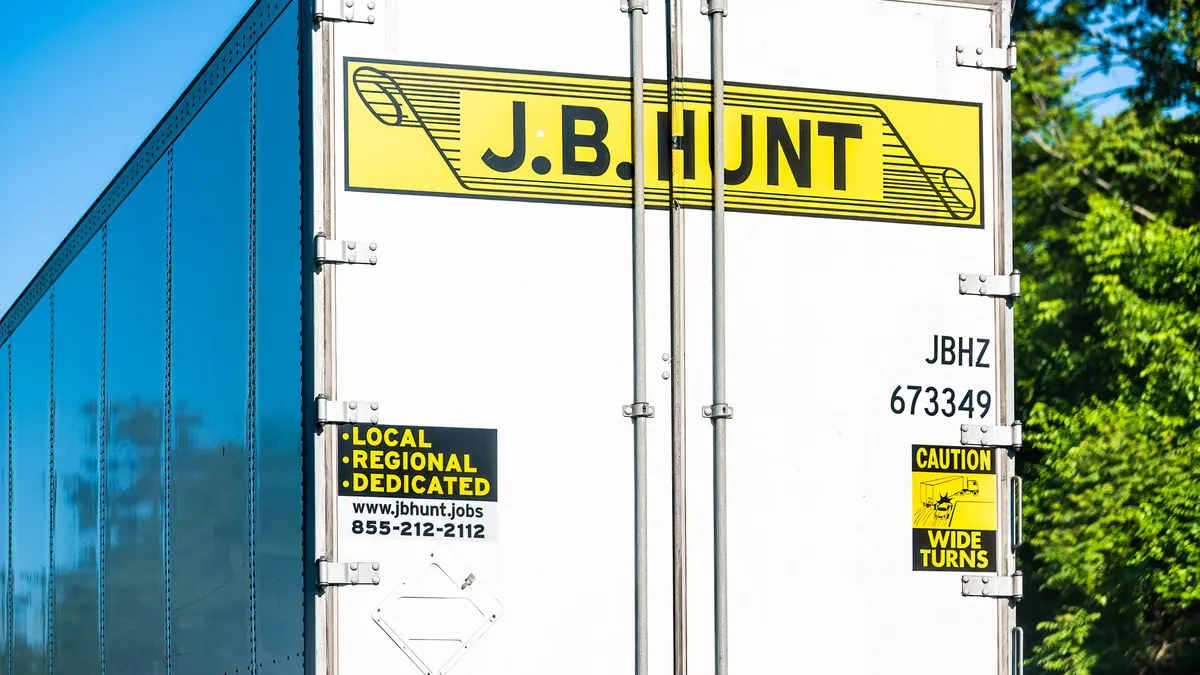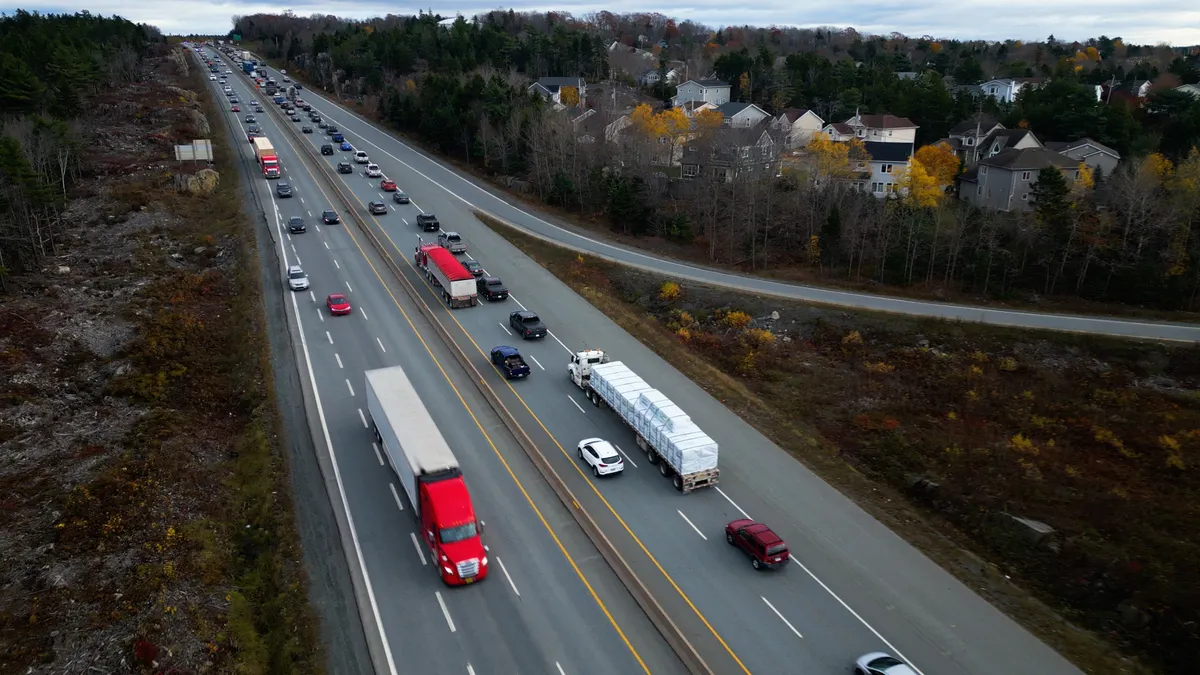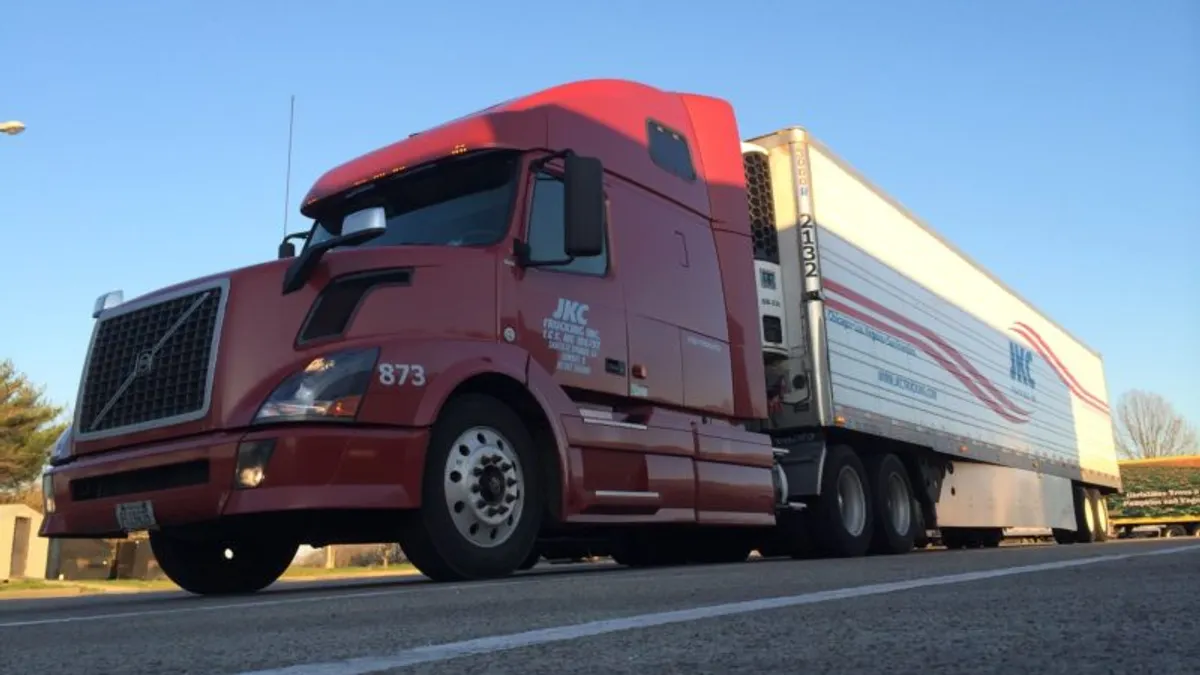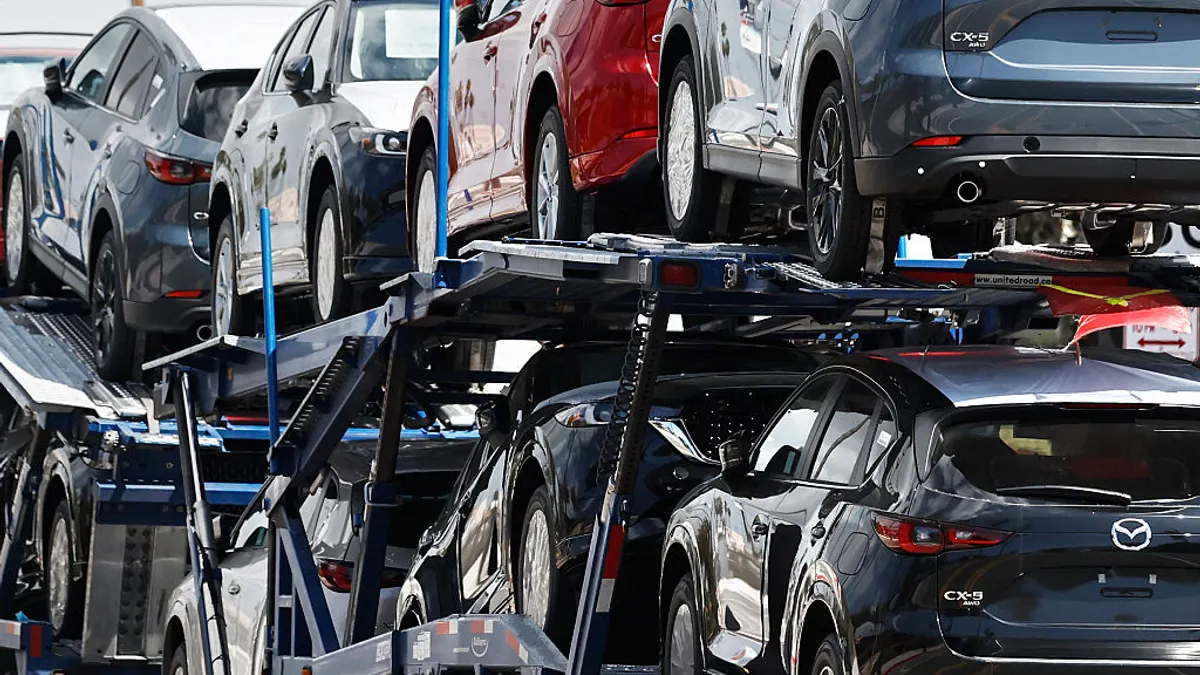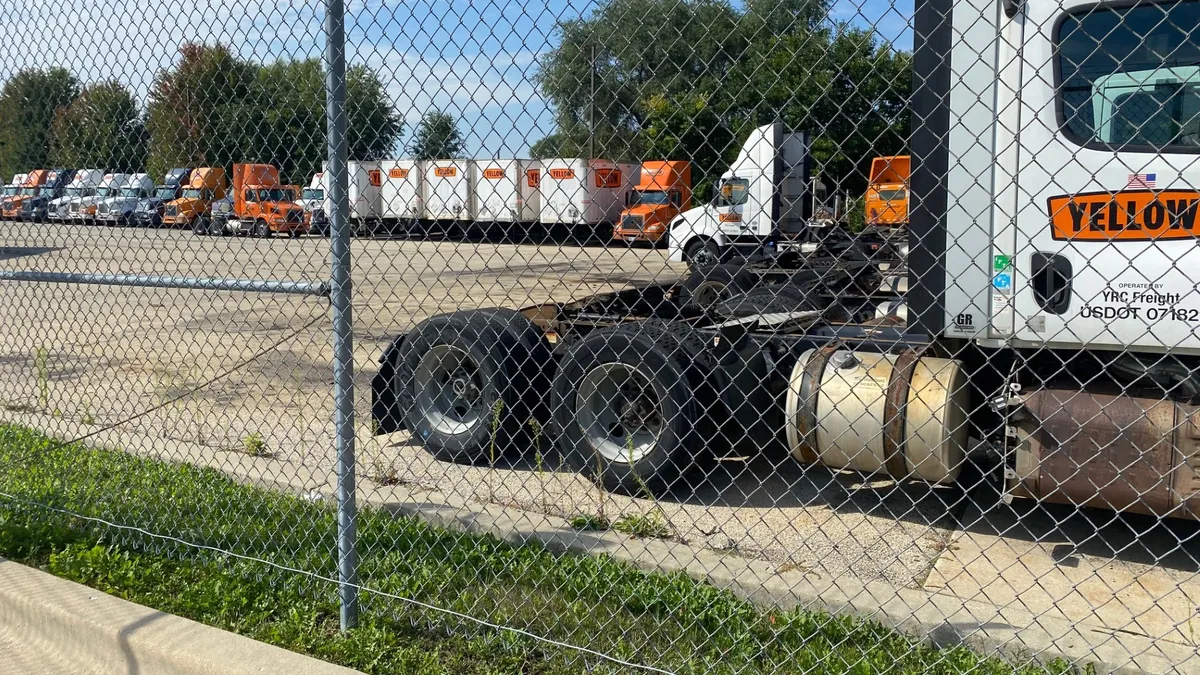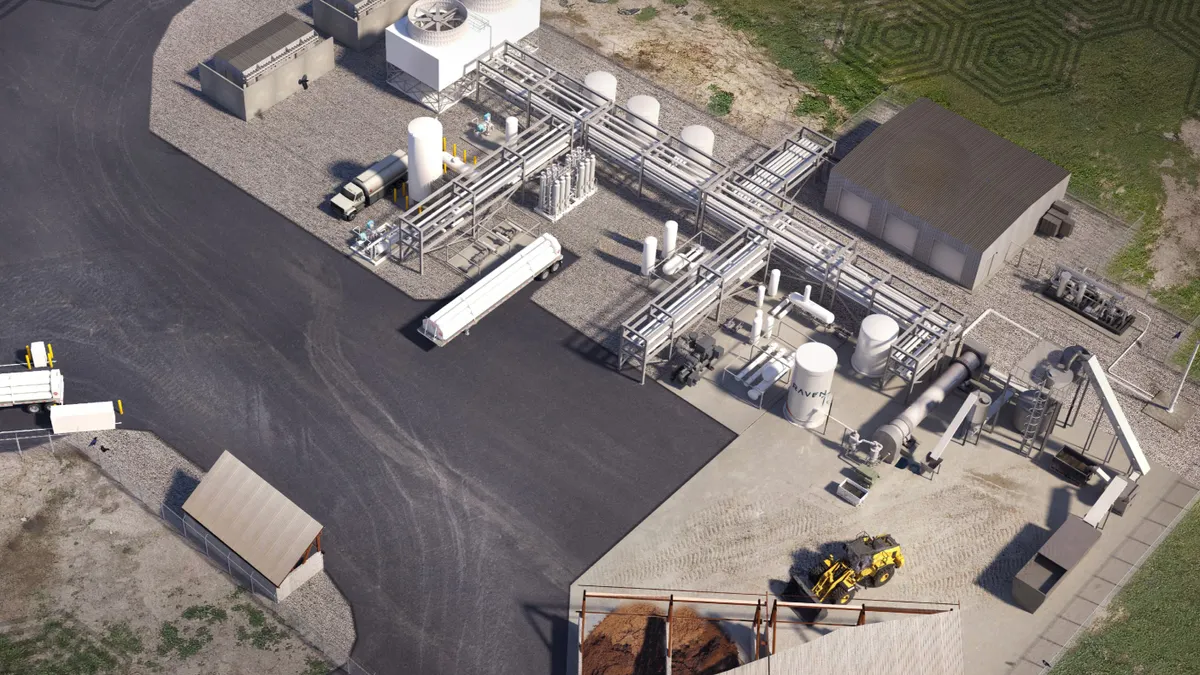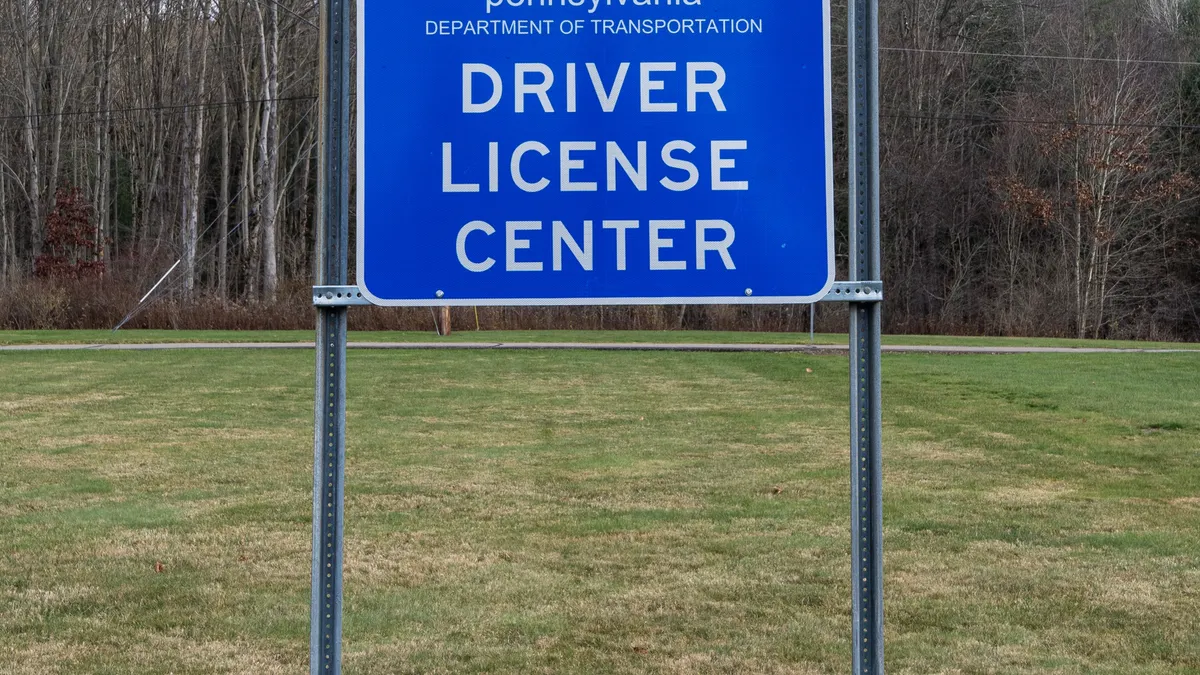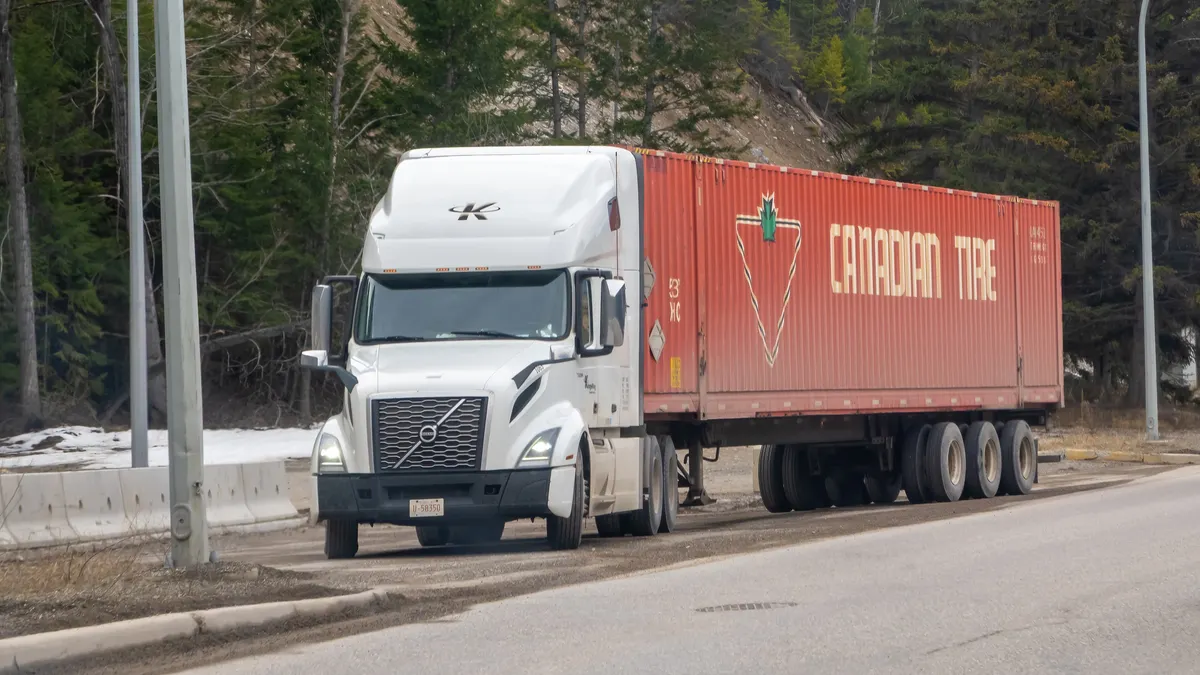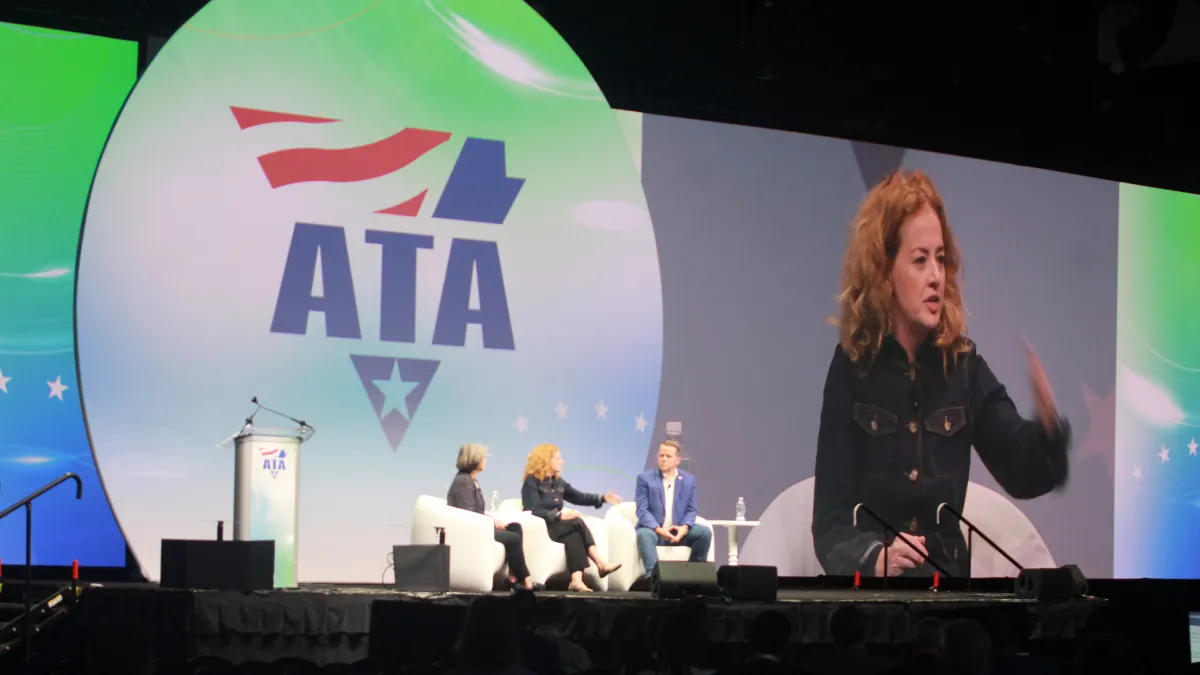The following is an opinion article written by Joel Ringer, vice president of classification with the National Motor Freight Traffic Association. Opinions are the author’s own.
I read with great interest a Jan. 5 column by Lanny Fleming indicating the LTL industry is probably “not ready” to move away from the National Motor Freight Classification (NMFC) system for one which is density-based.
While Mr. Fleming repeats several times the industry is not ready for this change, he never says why, but I believe I have the answer. It’s because the NMFC works and deserves more credit for being a user-friendly resource.
Any system comes with a learning curve and the NMFC is no exception. But most shippers and carriers do an excellent job getting up to speed. We offer training programs and most carriers work with their customers to explain how the classification system operates. It doesn’t take long for the NMFC to become straightforward for users.
And with that understanding comes knowledge and power. I recently received an e-mail from a shipper of cloth, who had a good understanding of our classification system and easily referenced it when negotiating rates with its carriers. The detailed information in the classification gave the the tools needed to negotiate a positive outcome.
A density-based system would never offer the depth of knowledge and information provided through the NMFC. And even if an LTL shipper doesn’t use classification-based rates, it gives the shippers a standard which helps them decide if proposed rates are reasonable.
It’s true these classifications are legacy. We know from our members, trucking companies have built their systems around them for decades, and they can’t just flip a switch and move to density-based pricing.
But even if they could easily switch, most would not because they recognize the value of the comprehensive NMFC system. There is nothing wrong with factoring density into pricing — in fact, density has always been a factor in the NMFC. However, it is only one factor.
In addition to density, NMFC also considers handling, stowability, and liability. That’s because all these factors impact the service demands placed on the carrier. Strictly density-based pricing does not take this into consideration.
Two shipments can have freight with identical density, but they can still be completely different when it comes to configuration, size, and packaging. The 18 classifications we provide give carriers and their customers a more comprehensive standard.
While I have addressed costs and pricing, I don’t want to overlook safety. The NMFC identifies hazardous materials and assigns classifications based on the hazards involved and the regulations that apply to those hazards. This information is vital for carriers to understand the potential hazards they are transporting.
A density-based system alone simply cannot provide that information. It provides no insight to understand what carriers are dealing with or how to manage it. The continued use of NMFC means safer roadways and a safer industry.
NMFC critics say the system has been around since the 1930s as if we are still using the same classifications we did then. In fact, the NMFC system is constantly being streamlined and modernized to respond to the changing needs of the LTL industry. We have always listened to our members and other NMFC stakeholders when they expressed an interest in seeing the classifications evolve.
What we hear today is dimensioning and density are becoming more important. We agree, which is why our most recent docket, passed in October 2022, moves us closer toward a self-adjusting density-based classification system. And our upcoming docket, which will be considered next month, proposes to continue this move. But unlike density-based pricing alone, the NMFC takes the other factors mentioned earlier into account. The industry may be moving toward more dimensioning, but classifications will still be needed to provide information about potential costs.
A classification system that considers the full requirements and costs of service providers, and is constantly being adapted to new realities, is the best system we can possibly have. It’s also worth the very limited effort that’s required to learn it and effectively use it.
The LTL industry isn’t ready to switch to a different system because the industry knows the NMFC works.

